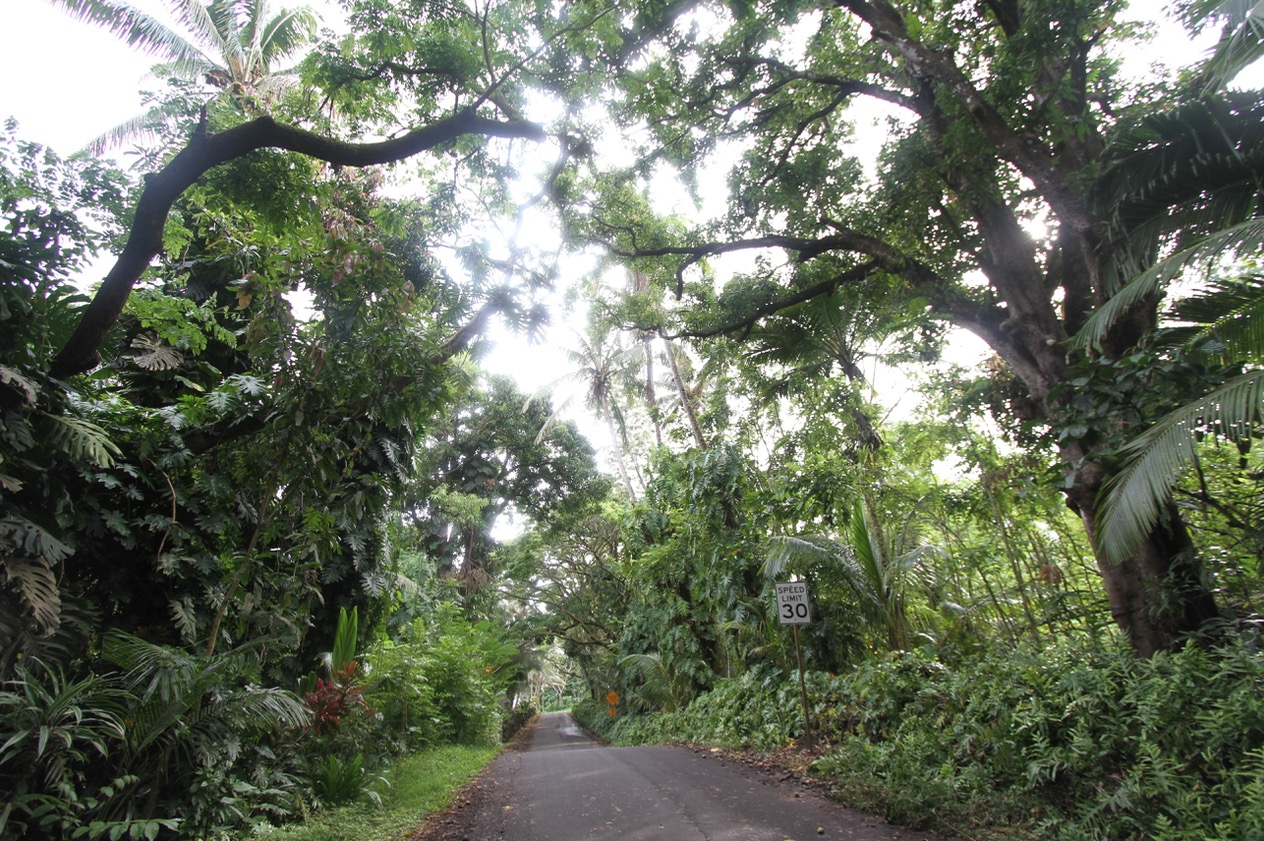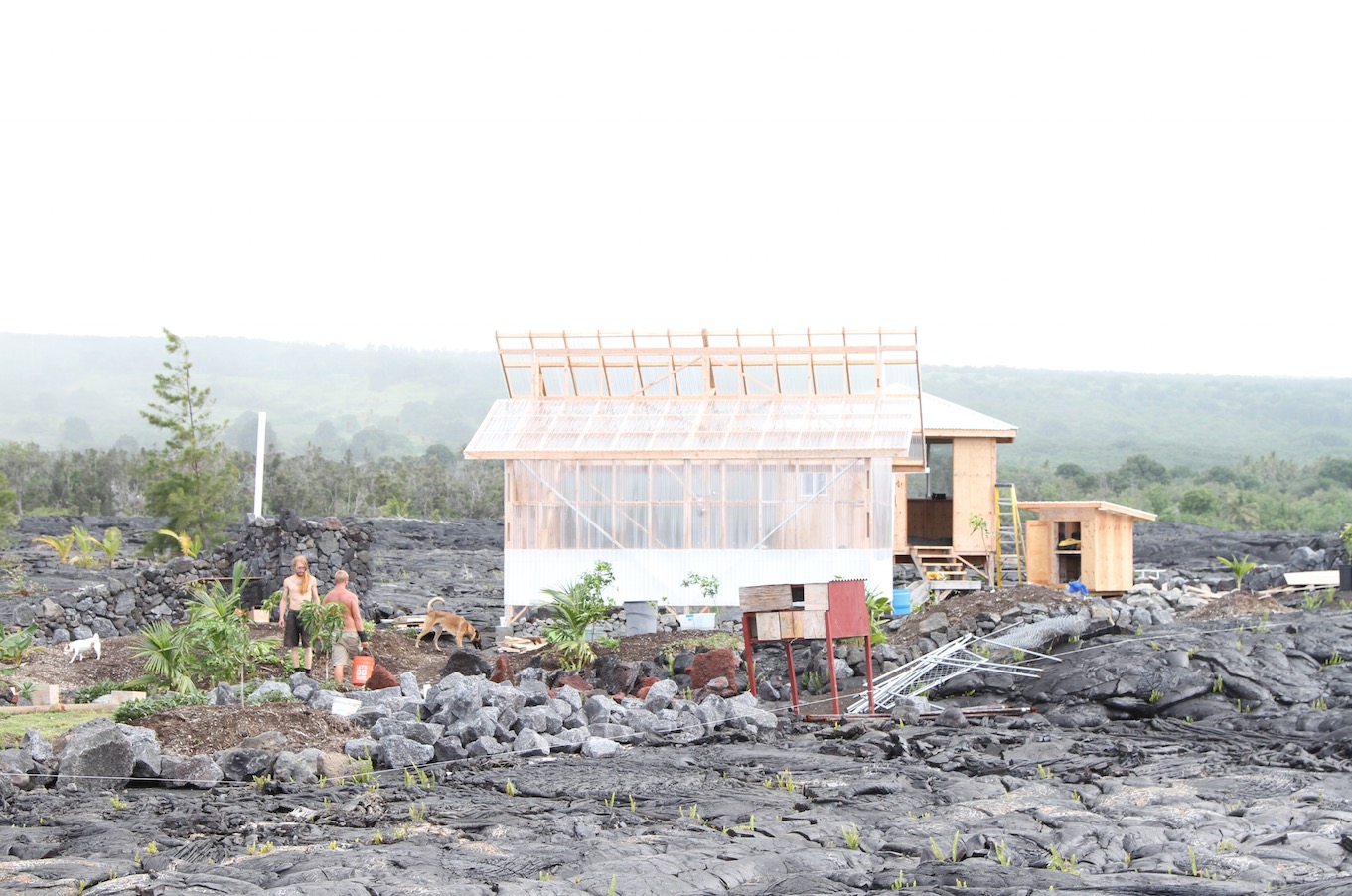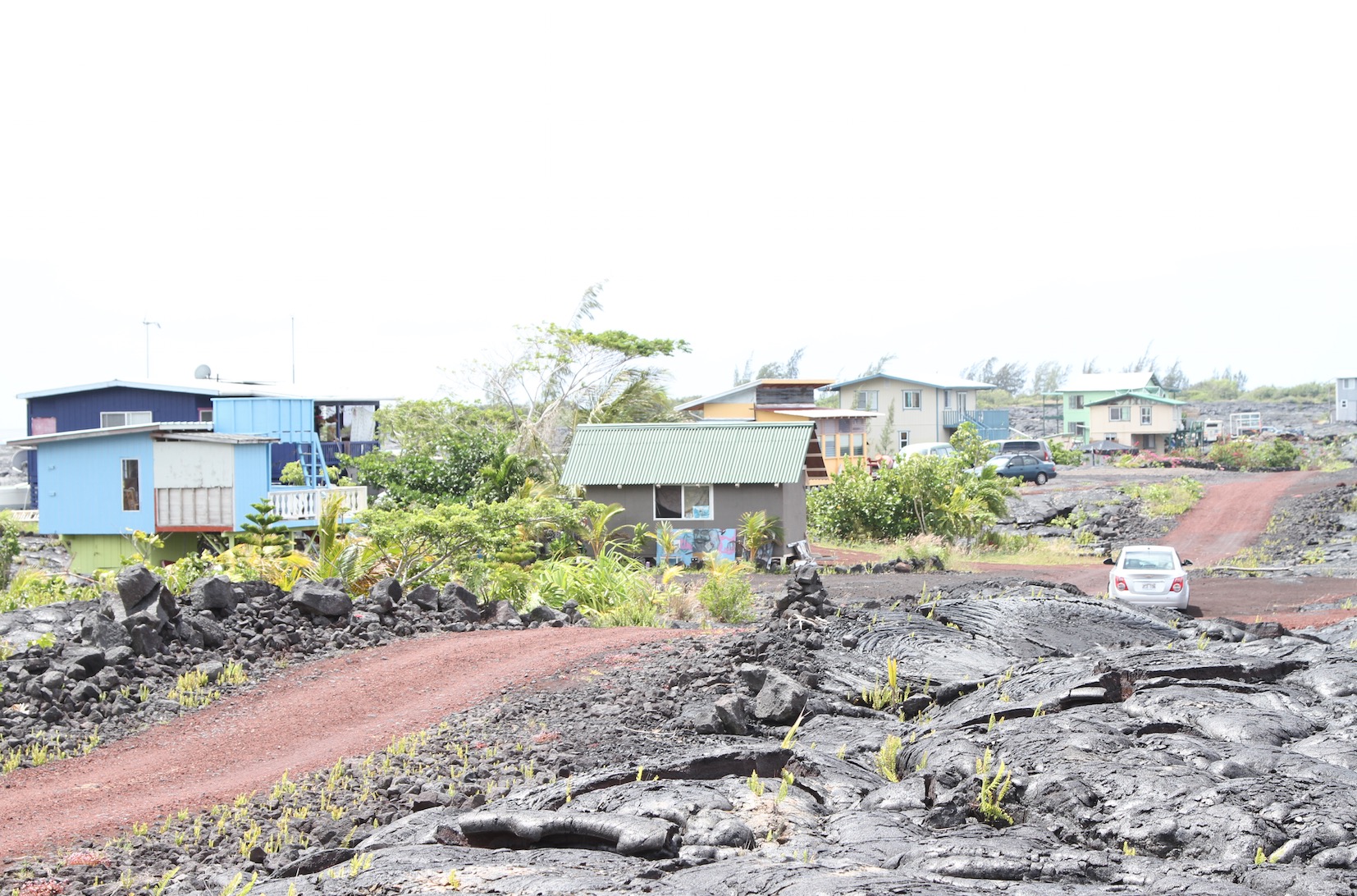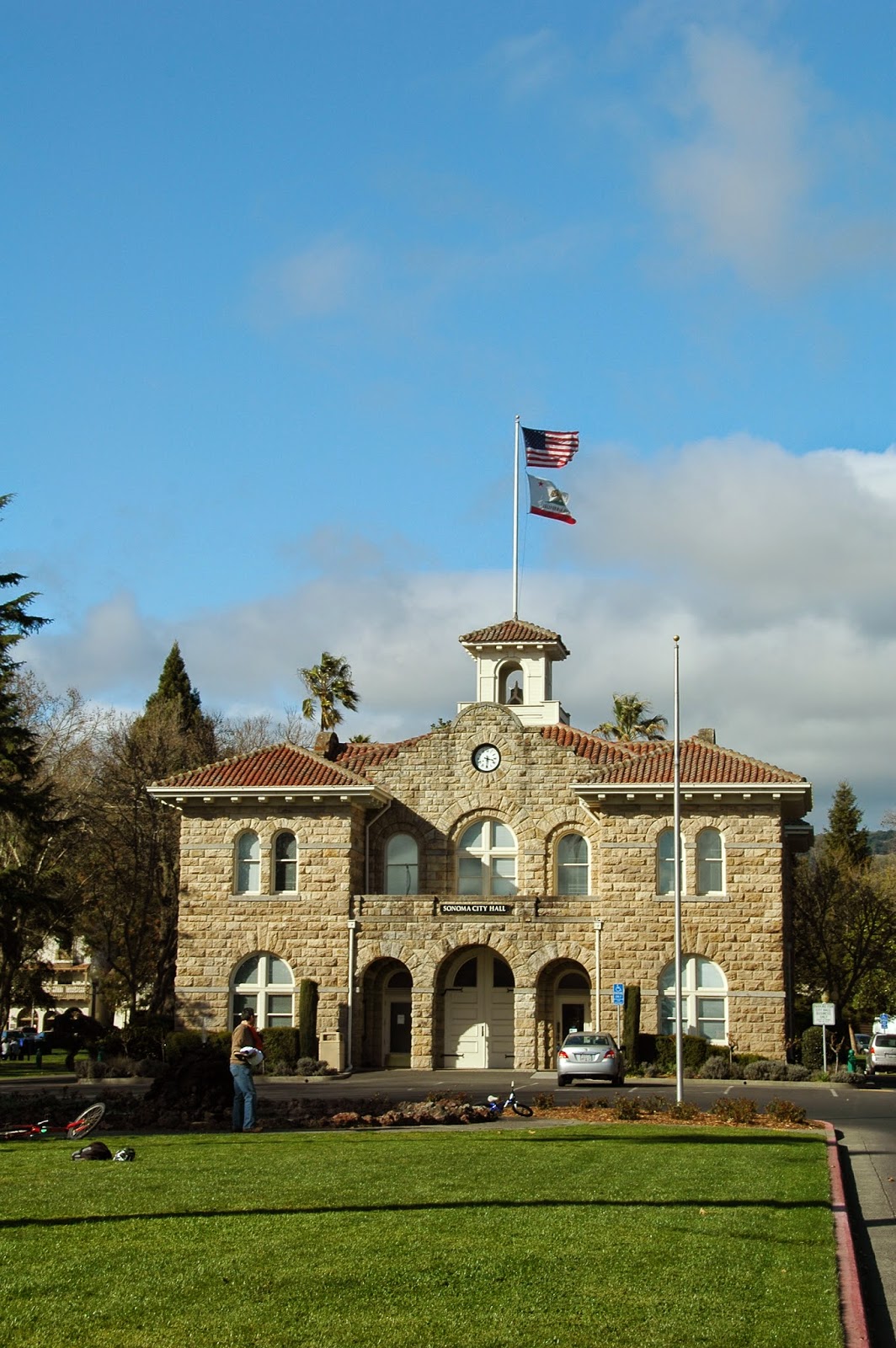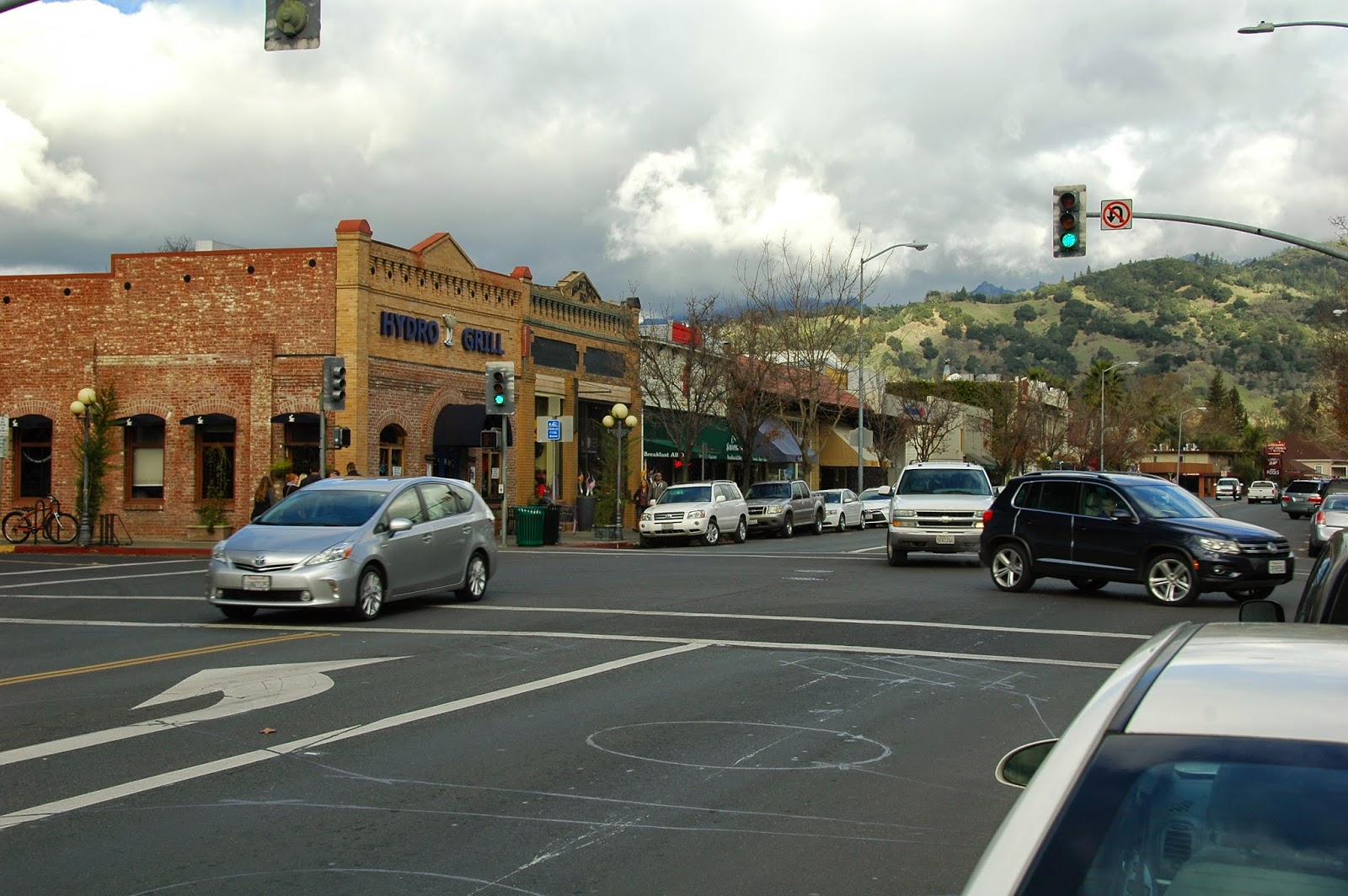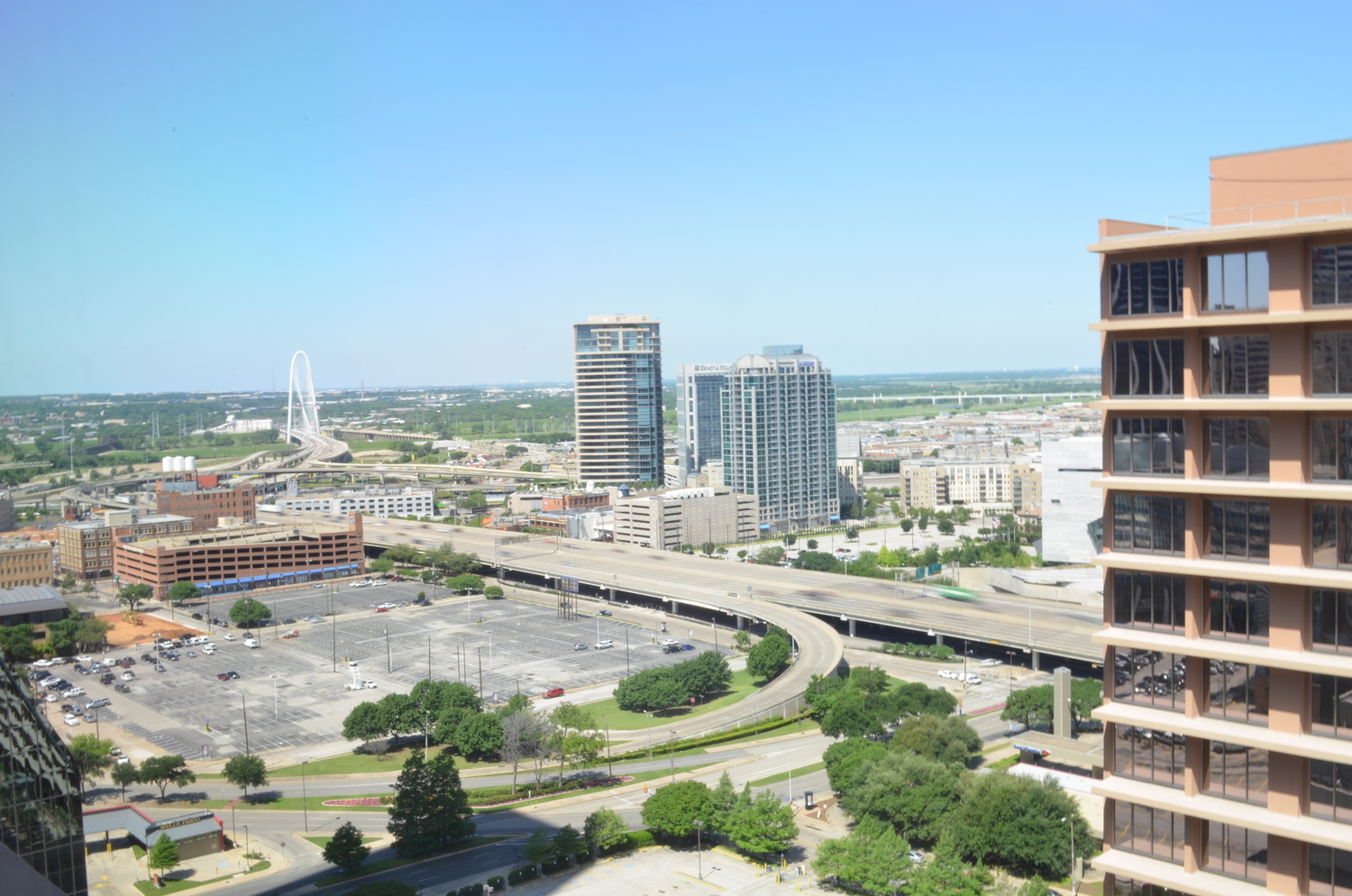Monday News Digest: Order, Chaos, Fragility, and Flexibility
MEMBER NEWS DIGEST - THE LATEST AND GREATEST FROM OUR MEMBERS' BLOGS
This week again found Strong Towns members discussing a range of interesting issues on their own blogs. Frequent Strong Towns themes I find reflected in these posts include the ways that regulation and top-down management attempt to impose order on chaos, often unwisely; and the ways in which poor planning and policy can in fact impose a quite unwelcome chaos and dysfunction on cities and metropolitan regions.
Bruce Nesmith blogs about the prospects for neighborhood stores in Cedar Rapids, Iowa. The corner store has been an endangered species in most U.S. cities since the mid-20th century, having ceded much ground to the new species of the big-box. But while hanging around a popular city park, Nesmith noted the number of people braving an extremely pedestrian-unfriendly environment to walk to this Hy-Vee supermarket:
Given the option to walk to a true neighborhood store for basic household staples, how many would do so? Such stores, says Nesmith, are a quality of life issue and have many benefits. And yet:
What does the city's master plan adopted in January, Envision CR, say about corner stores? Specifically, nothing--the phrase is never used. The "Grow CR" section describes a "mixed land use pattern," but the specific example of "housing above commercial and office establishments" (p. 55) means apartments downtown, not corner stores in neighborhoods. On the future land use map (p. 67), most of the existing city is "urban-low intensity." That means that established neighborhoods can expect little change, but at the edge of town newer developments--if they occur--could see "neighborhood retail or mixed use" included on "any street provided a smooth transition in intensity of uses is maintained" (p. 69). That opaque language may be all we should expect, and maybe it even intends all we could hope for, but the specific reference to "mixed-use" at the new, improved Westdale (p. 82)--it will include a bit of senior housing--is hardly encouraging. I'd like to see more affirmation of the concept, and more expressed flexibility in how all areas of the city develop over time, but I understand that creating too much uncertainty could create panic.
Ah yes, "too much uncertainty could create panic." Unfortunately, the all-too-common policy response to this is rigidity. Regulations in cities frequently offer very little room to build anything that doesn't look just like what's already there.
Johnny Sanphillipo at Granola Shotgun ventured to the active volcanic landscape of rural Hawaii to find some truly experimental development approaches. He explains in his post "Volcano Urbanism" how ecological succession works:
In the first hundred years after a new lava flow pioneer species slowly colonize the rocks. First there’s moss and ferns. Then the rugged ohia trees sprout. Then coconut palms wash up on the newly formed black sand beach and take root. After two hundred years a dense forest is established.
Could our human ecosystems, too, grow like this if we'd let them?
As I took these photos of the lava dwellers I was fascinated. It wasn’t so much the dramatic location or funky architecture, although they’re certainly worth exploring on those terms. Instead, I looked at these lava homes as a window into the past. Historically this is exactly how all towns and cities began including Rome, New York, London, and Toronto. There’s no city water supply. No complex sewer system was installed ahead of development. There are no paved roads. No banks have financed any of these buildings. No insurance company provided coverage. There are no building codes, zoning regulations, or government inspections. (Or more accurately, all those strictures exist, but they’re simply unenforced.)
I’m not advocating building in this kind of environment and I’m not romanticizing counter culture off-grid communities. What I am saying is that in a country that prides itself on freedom and private property rights you shouldn’t have to move to the side of a volcano to escape the regulations and social constraints that make self built mortgage free homes illegal everywhere else. I know the arguments against this sort of thing. Shanty towns are dangerous and unhealthy. They will be populated by meth labs and crack whores. These people aren’t paying their fair share of taxes to society. This isn’t a wholesome environment for children, the elderly, or the disabled. This sort of thing will destroy nearby property values. The list goes on. My response is pretty straightforward. So… we don’t have unhealthy pockets of poverty, meth labs, and crack whores in places that were built entirely to code and heavily regulated?
I will say that in this kind of community there’s no need for “affordable housing”. Even the most cash strapped residents can provide shelter for themselves.
We often tolerate a level of experimentation in marginal, outlying areas that is rarely allowed in cities. There are some good reasons for this: the risks and harm you can impose on your neighbors with an experiment gone awry are greater in a city. But our cities are ecosystems too, and experience demonstrates that when not allowed to go through a process of succession—like that of the ferns to the palms to the full-blown rainforest—they become fragile, dysfunctional places.
Speaking of dysfunction, NextSTL takes on the topic of political fragmentation, an aspect of life in St. Louis County that, in the wake of last summer's police shooting and protests in Ferguson, brought the St. Louis region some well-deserved international infamy:
In 1876 Saint Louis County was mostly farmland and grew piecemeal and today includes 90 municipal governments, 81 municipal courts, 43 different fire districts and departments and 59 police departments in addition to the St. Louis County services. Not surprisingly, today the Saint Louis region has the 3rd most governments per capita of the top 35 major metro areas.
The events in the Saint Louis suburb of Ferguson put our region and all its dysfunction on the front page worldwide. How St. Louis County’s jigsaw puzzle of tiny municipal governments, police departments and courts poach off its citizens with speed traps and fines in order to fund the existence of their unnecessary layer of government. The level of corruption and ineptitude along with the wasted tax dollars that is allowed to flourish in our present system is jaw dropping.
It gets worse, too. Fragmentation harms the whole region's economic growth by producing a destructive "arms race" among municipalities to poach businesses from each other instead of creating home-grown, sustainable economic productivity:
The fragmentation problem of St. Louis is compounded as our local governments compete with one another over the same jobs and sales tax revenue and use our tax dollars as incentives. This means that corporations, for example, threaten to move from downtown to Clayton or vice versa every time their lease expires in order to coerce huge taxpayer handouts. Or when a municipality lures a Wal-Mart or other big box store from a neighboring municipality by giving away millions of our tax dollars and then considers this economic growth.
Rather than wasting millions of our tax dollars shuffling existing jobs around, we need to use our resources in ways that grow and attract new jobs into the region. The rampant abuse with Tax Incremental Financing (TIF) and other taxpayer funded development tools in the intra-regional competition for sales tax revenue is another destructive symptom of our parochial mentality.
Ron Beitler in Lower Macungie, PA offers a simple test for where TIF (Tax Increment Financing) might be appropriate:
That is the “but for” test. The name comes from the expression, “economic development would not occur but for the use of TIF.” In other words do you get desired development in a municipality, or a more specific corridor unless support is available from TIF. (or insert whatever ‘ABC’ tax tool)
If desired economic development (justified by dollar and cent calculations *not to be confused with a specific proposed development) will happen without TIF, then TIF should not be considered or used because it would cost taxpayers over the long run.
Dave Alden in Petaluma, California, suggests that regional consolidation of government services is not always the best plan. In his post "Covering the Transit Spectrum". Petaluma Transit, his town's bus system, is more responsive to the community's needs because of its local scale:
At present, Petaluma Transit serves relatively few long-distance, multi-transit system riders. Instead of those riders, Petaluma Transit largely serves youths who rely on city buses rather than private cars to reach school and other members of the community who don’t drive, but need access to stores and jobs.
Petaluma Transit does a fine job of serving those folks. Within the context of the available funding and a land-use pattern that doesn’t facilitate effective transit, the community is well-served. It’s hard to imagine that a more regional transit agency could do a better job of serving the current local ridership than the current staff and contractors who live and work in the community.
In another post, Alden offers some musings on what makes people satisfied or dissatisfied with the urban environment in their town.
Combined with the geographical separation of North Bay communities is a thought that Kent Benfield of the Natural Resources Defense Council set forth in a 2013 article. Using Gertrude Stein’s quote about Oakland ["There's no 'there' there."] as his jumping off point, Benfield argues that communities work better when they have points of enduring cultural reference. These cultural references can be historic downtowns, stately churches, or beloved parks, but their continuing presence from generation-to-generation provides community focal points and preferred inspirations for new development.
Rational Urbanism's Steven Shultis makes a different argument: maybe some people would rather there not be any "there" there. Instead of "location, location, location," he says, it's "unlocation" that has become desirable in a car-dominated landscape:
For generations people have said that it was location which sold a home but in truth it was unlocation. No one wanted to live in a place which anyone other than the people who lived there could find useful…. Living near shopping, business, or even a public park could also bring that most odious of neighbors: traffic. What is neighborhood traffic but other people using your location for something they find useful?
The ideal place, then, was a place near no place, with nothing that anyone else might find desirable, coupled with discouragingly poor access for others. I’ve just defined a cul-de-sac subdivision have I not?
Josh McCarty at Urban3 offers the view from three Dallas hotel rooms during CNU last month:
Dallas, writes McCarty, is a city of contradictions, whose off-the-mark attempts at genuine urbanism can result in a sort of uncanny valley effect:
Dallas has reached a point of physical likeness to a city where it has a lot of the right components but assembled in such a way that it’s somewhat unsettling. It is, perhaps, the most random city I have ever been to. Unfortunately, I do not mean that in the way that cities like Austin, Asheville, or Portland are charming and unconventional. I mean that it is utterly fragmented and disorganized. It’s the wrong kind of chaos.
Wells Fargo vs. Wells Fargo
One of my favorite moments walking around downtown was finding this juxtaposition. To the left is Fountain Place. This appears to be I.M. Pei’s dry run for the Bank of China Tower. Among other things it houses Wells Fargo. To the right, directly across the street, is the same drive through Wells-Fargo bank that you would find in Cary, NC or out by the highway next to the airport, or on basically any suburban strip. How does that happen? How can a 63 floor office tower be kittywampus from a drive through with surface parking?
It's often fun to conclude this recap with a light-hearted photo or anecdote, so here are two! This one comes from Steven Shultis with the simple caption: "Nailed it."
Chalk one up for truth in advertising.
And Ed Erfurt, the Restless Urbanist, gives us this beautiful example of citizen participation in government.
You can check out the entire member blogroll on the Strong Towns member site. If you're a member with a blog and would like your work to show up there, please let us know about it.



